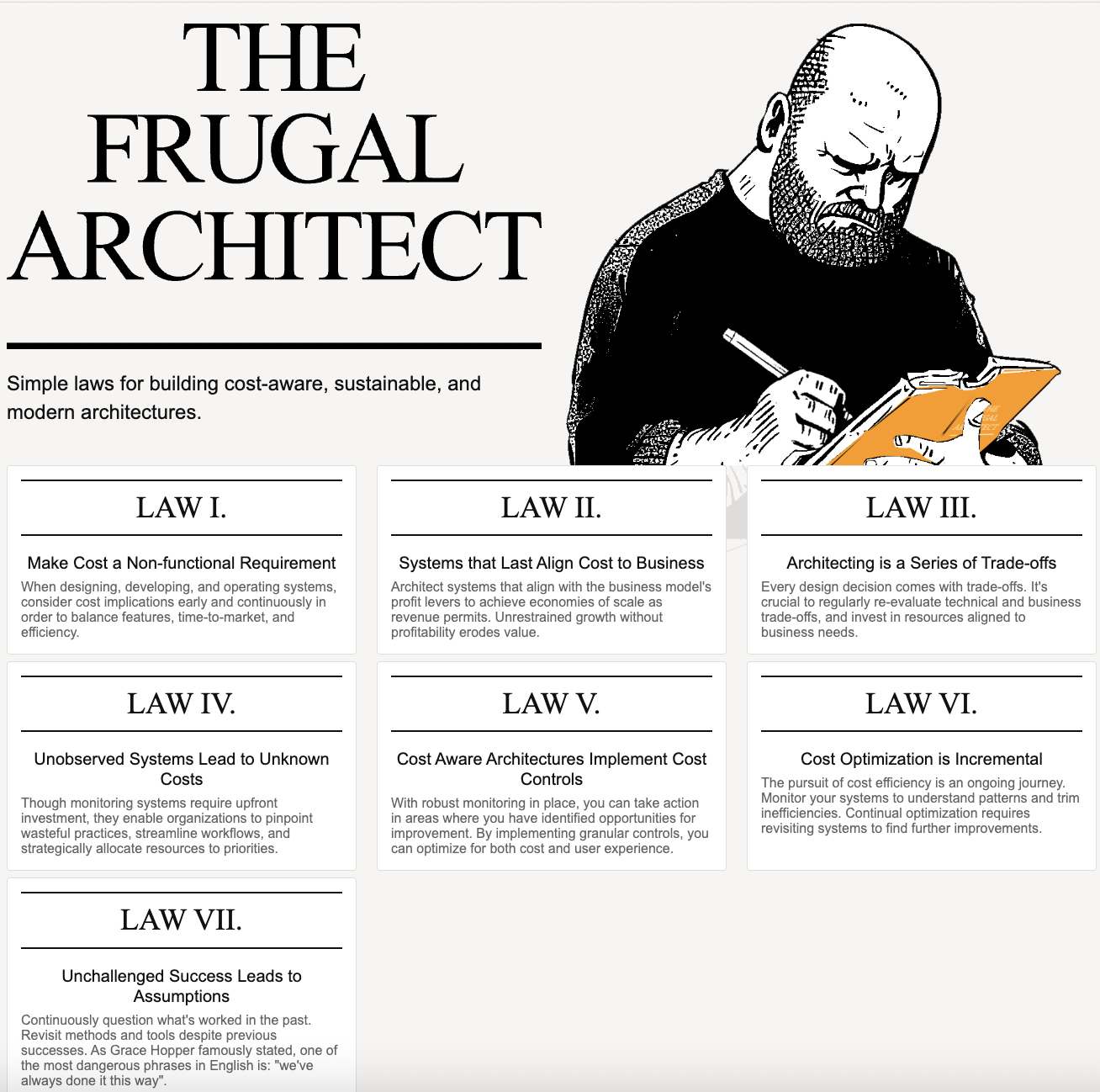re:Invent 2023 Recap
As a seasoned re:Invent attendee since 2014, I've successfully navigated the intricate landscape of this premier event. Overcoming the notorious Fear-of-missing-out (FoMO) after a few years, my annual mission has evolved into assisting newcomers to sidestep the pitfalls of FoMO and strategically guide them in extracting maximum value from re:Invent, all while savoring the experience.
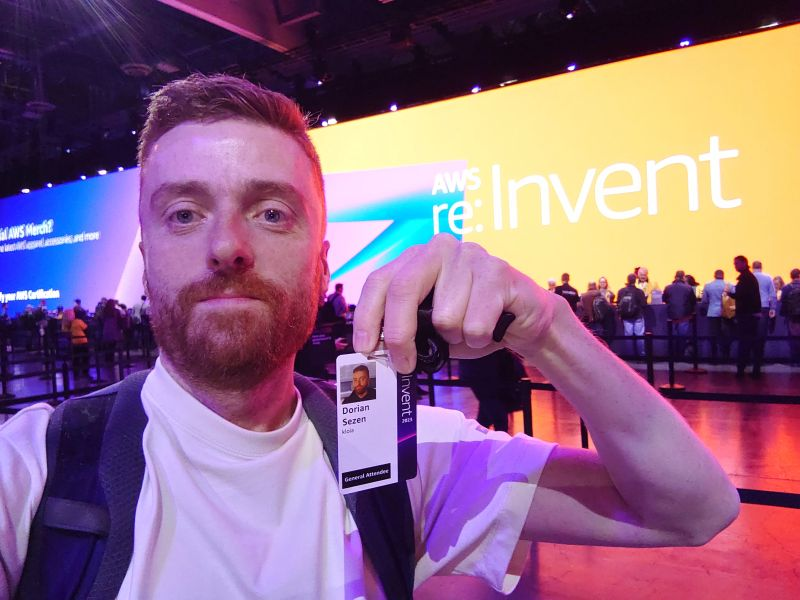
Werner's keynote in 2022 last year delved into the central theme of modernization. His discourse revolved around the dichotomy of the asynchronous and synchronous worlds. This emphasis stems from his acute awareness of the prevalent synchronous nature of software architecture in the industry. Recognizing this as a hurdle to optimizing the use of AWS services—like EventBridge, Serverless, and MQs—he underscored the importance of transitioning towards more asynchronous software structures.
The focal point of this year's 2023 keynote by Werner centered around the critical theme of cost. The prevailing economic landscape likely attributes the prominence given to cost. Following an extensive discussion, Werner shifted gears to delve into the realm of AI, a move anticipated by the audience that, ultimately became the main theme as the keynote unfolded.
Below are the key takeaways that I found particularly valuable from this re:Invent. I'll primarily focus on highlights related to modernization announcements, given that this is my primary area of interest:
Cost Focus in Werner's Keynote: The keynote predominantly centered around the theme of cost. Werner intriguingly connected the aspect of cost to sustainability, a perspective that, in my humble opinion, added a noteworthy dimension to raising awareness about cost considerations:
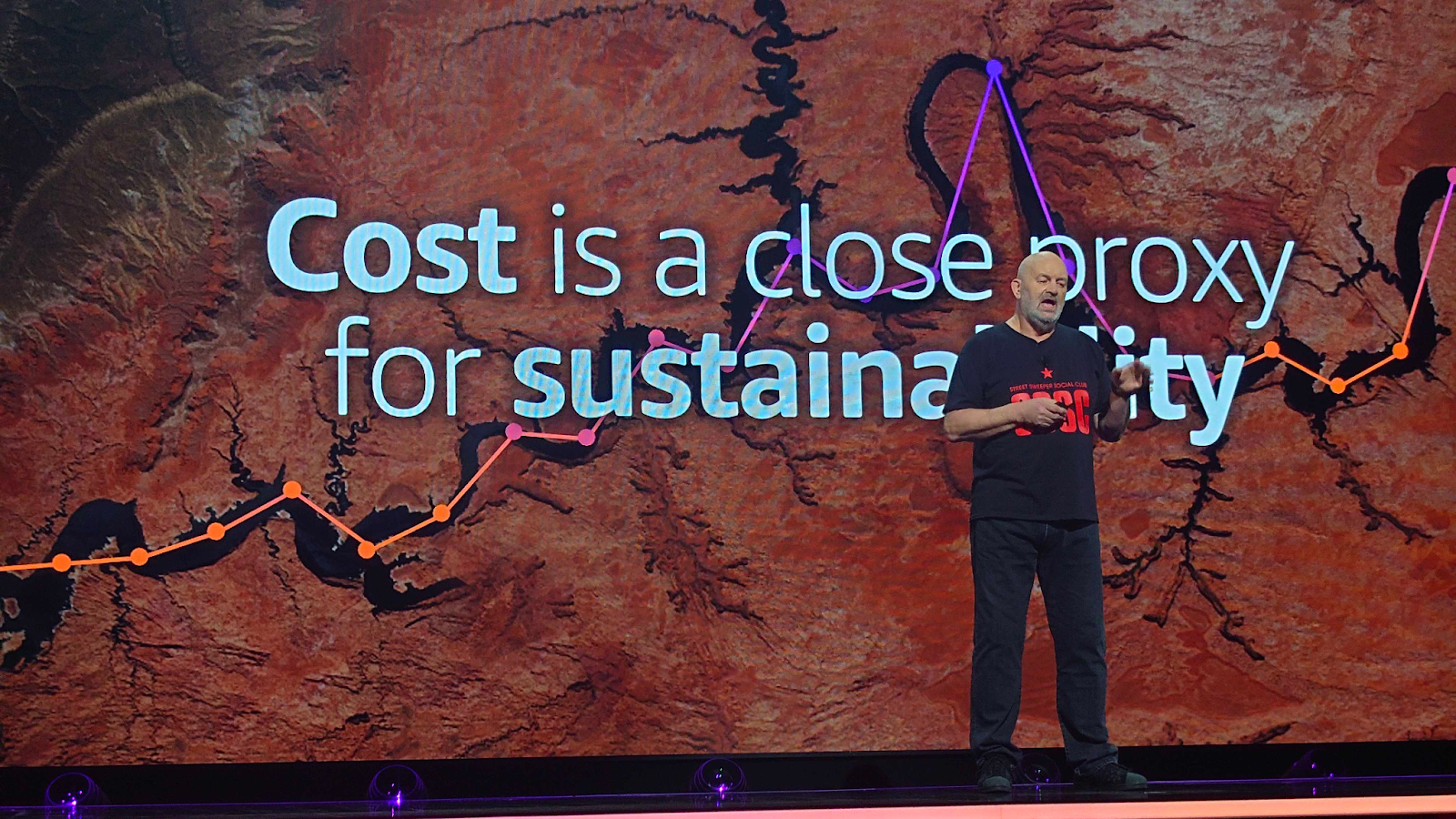
Werner touched upon the concept of "Architecting with cost in mind," citing the "Frugal Architect" principles, accessible at thefrugalarchitect.com:
The Frugal Architect's Three Design Principles, highlighted by Werner:
- Cost as a non-functional requirement
- Aligning cost to business for enduring systems
- Architecting as a series of strategic trade-offs
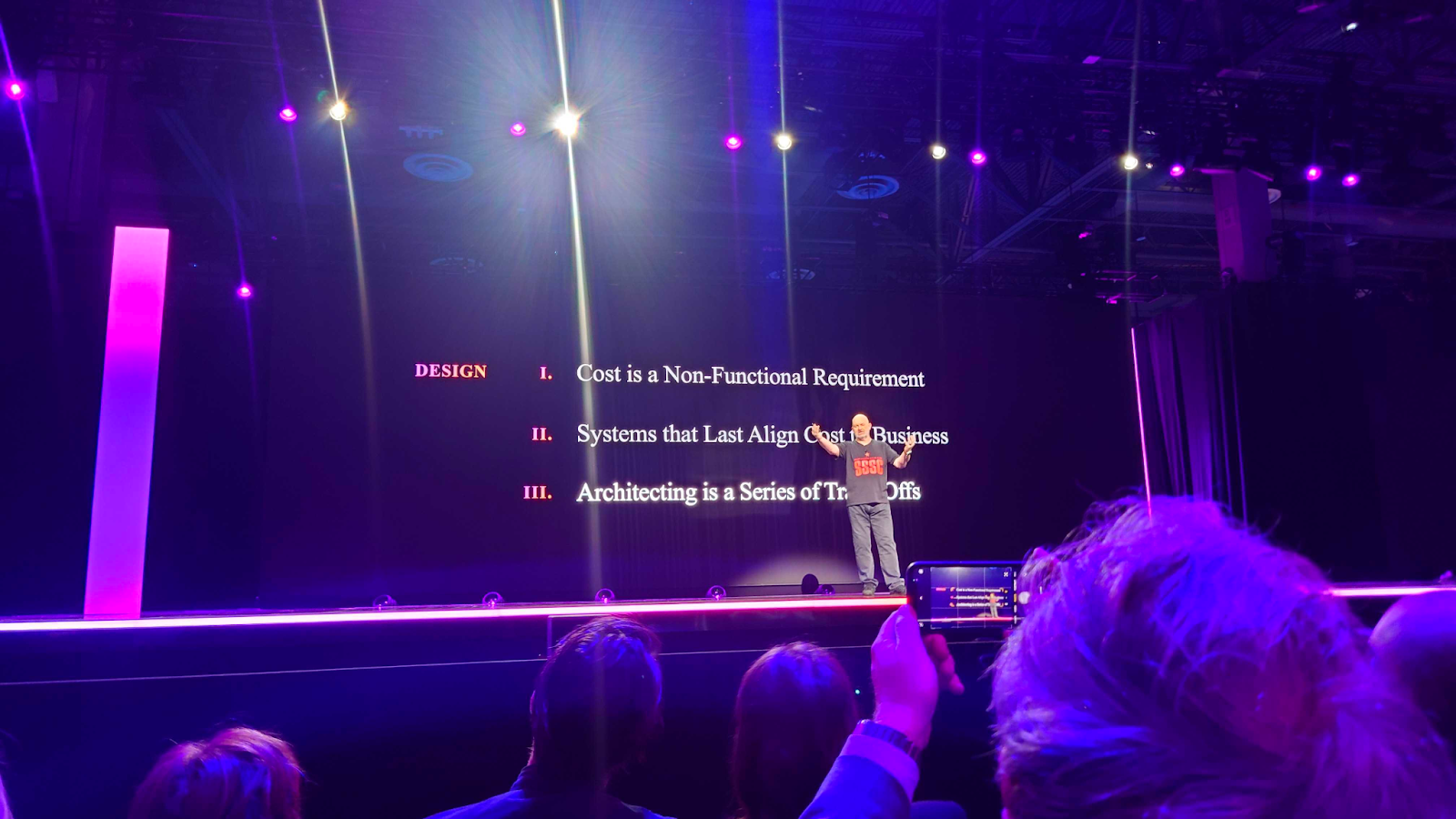
Werner discussed Amazon.com's cost approach and referenced various AWS customer use cases. Here are the key highlights influencing cost:
Eventual Consistency vs. Strong Consistency:
- Werner delved into the cost implications during the development of the DynamoDB service, emphasizing that this approach is applicable across all software architectures where strong consistency is excessively utilized, resulting in higher costs.
Programming Language Effect:
- Each programming language comes with its own unique approach to managing memory, runtime engines, and other factors. Whether a language is interpreted or compiled, these distinctions impact the resources they require, consequently affecting costs. Here's a breakdown of the differences between them, directly influencing overall expenses:
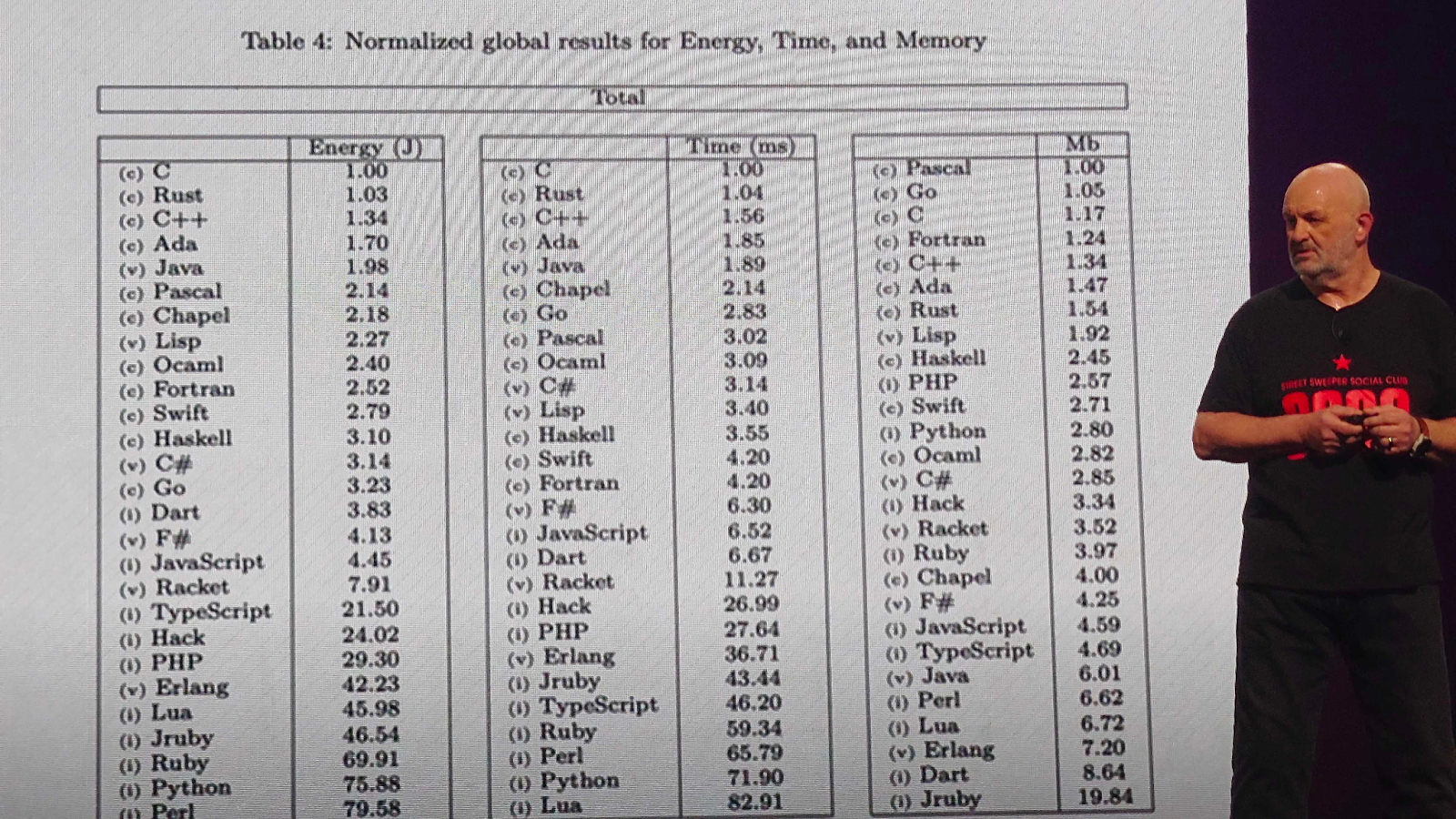
This table illustrates that C, Rust, C++, Ada, and Java emerge as the most compute cost-effective languages. Additionally, widely used languages like Go and C# (.NET) demonstrate commendable efficiency. However, prominent interpreted languages such as Python, Ruby, and PHP exhibit substantial cost disparities when compared to the top-performing languages.
- Z Garbage Collector for Java was highlighted in the context of the Nubank Case Study, a feature now default in the latest Java versions.
- Tiered Architecture: Werner introduced a tiered structure at Amazon.com, outlining different cost and resilience approaches for various tiers. He also referenced a map of Amazon services, wherein each node represents a service, and the yellow areas denote hub services.
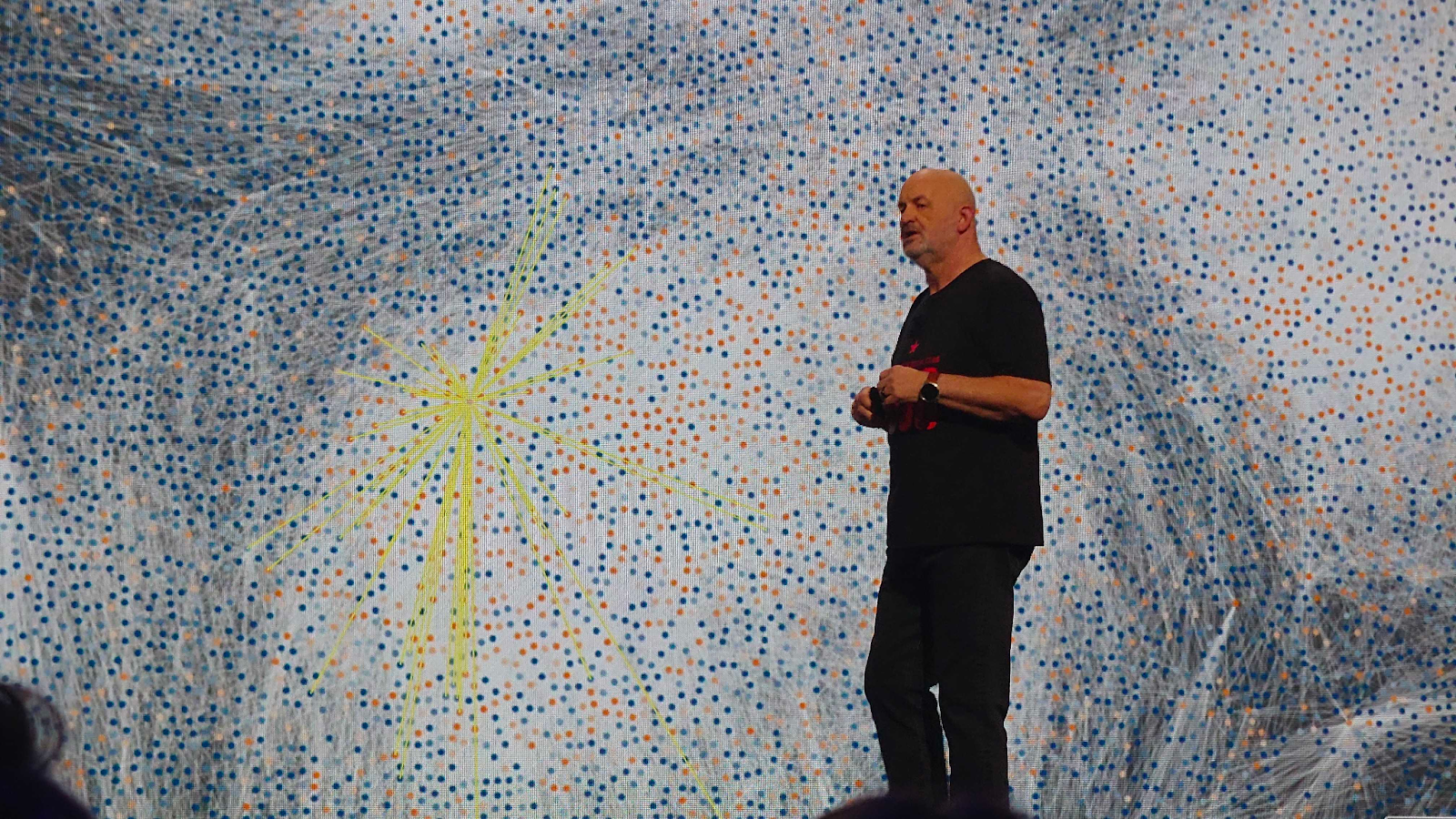
AWS Management Console myApplications: Werner unveiled a fresh dashboard in the AWS Management Console called myApplications, providing visibility into the costs of individual applications. While this introduction holds promise, it's worth noting that a significant portion of industry applications still operate on a non-microservices architecture. Some are labeled as microservices but share common components like databases, cache layers, message queues, or services, making it challenging, and in some cases, nearly impossible, to accurately gauge the cost of each application.
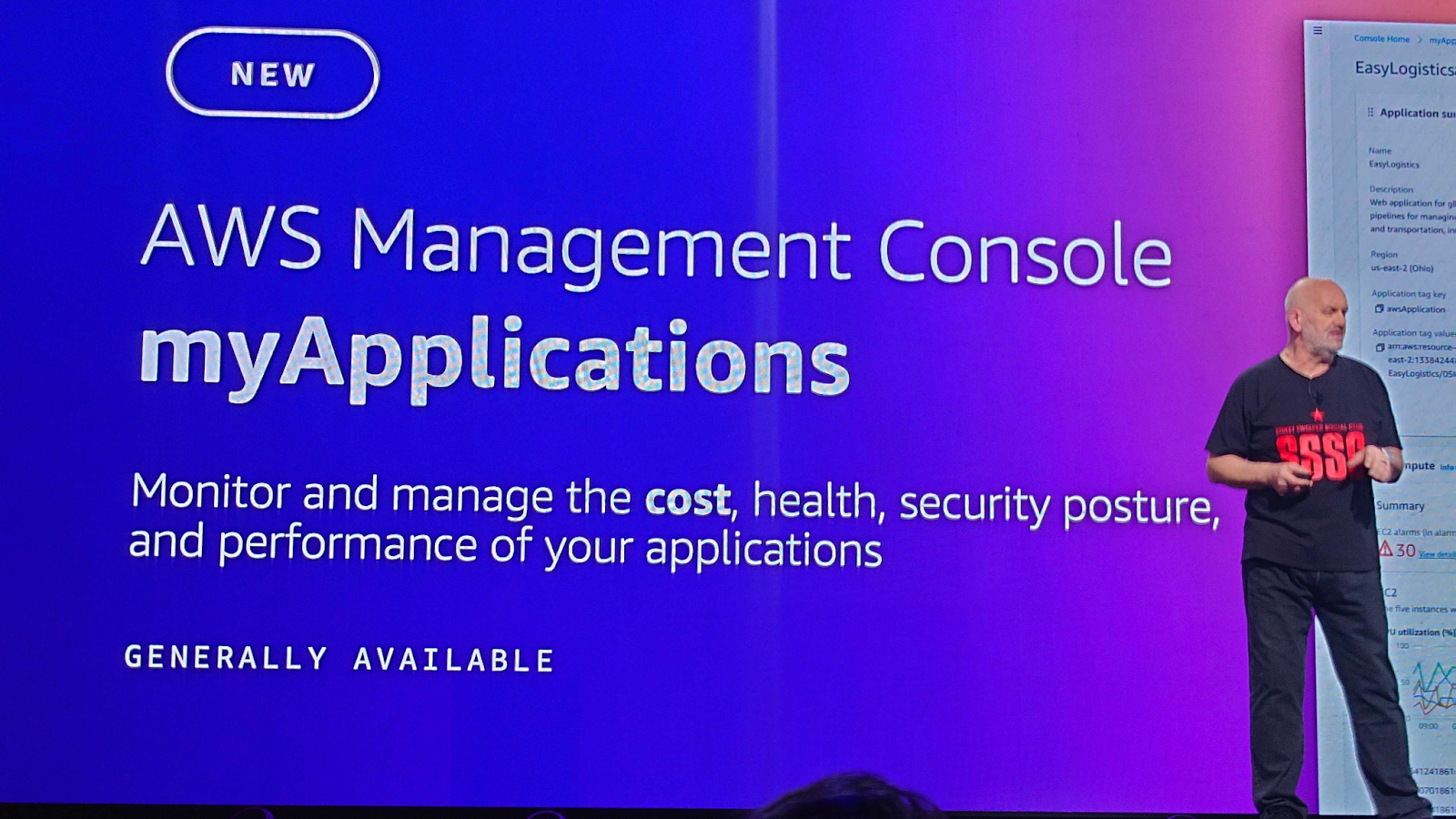
- Tunable Architecture: Werner introduced the concept of tunable architecture, emphasizing the flexibility of software architecture to be dynamically adjusted during runtime. This necessitates close monitoring of both runtime conditions and business requirements.
- CodeGuru Profiler:Werner also recommended leveraging tools such as CodeGuru Profiler to identify the most resource-intensive code blocks and receive suggestions on potential refactoring strategies.
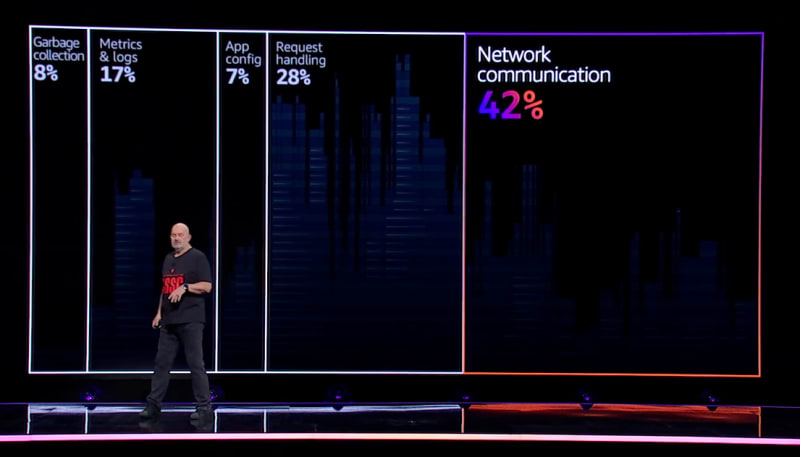
The latter segment of Werner's keynote delved into the realm of Artificial Intelligence (AI).
Werner underscored various revenue-generating AI use cases, highlighting applications like Image Processing and Prediction. Interestingly, GenAI was briefly touched upon in the final nine minutes of his keynote. The use cases included:
-
Code Generation with Sagemaker Studio Code Editor
-
Amazon Q: AI Assistant featuring approximately 40 integrations
-
AWS Application Composer in VS Code
Wrapping up his keynote, Werner introduced the Amazon Inspector CI/CD Container Scanner, a tool referenced in the preceding videos.
Additional Highlights from re:Invent:
Mainframe Modernization: Being an advocate for modernization, one of my key areas of interest lies in mainframe modernization. The predominant reason for this lies in the enduring prevalence of mainframes in the industry, acting as a hurdle to fully harnessing the potential of cloud computing and innovation. Similar to the last re:Invent, this edition also placed significant emphasis on mainframe topics. For detailed sessions related to mainframe discussions, you can find the link here:
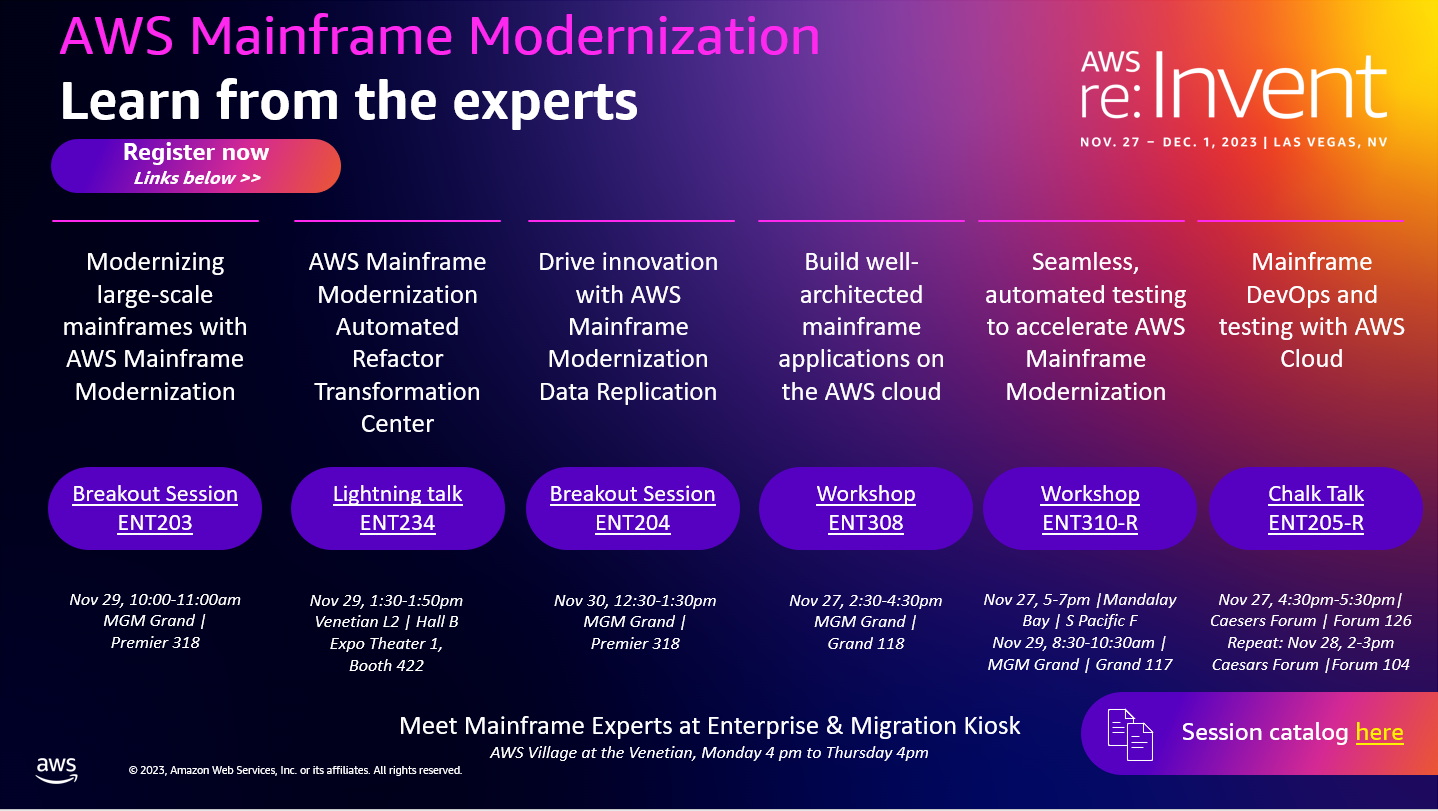
Excitingly, it has now been seamlessly incorporated into the AWS MAP.
AWS Ambassadors @ re:Invent
As an AWS Ambassador, I cannot finish my blog post without mentioning the Ambassadors, who are industry professionals from AWS Partners. I again had the chance to meet with several existing faces and new faces and exchanged information.
As usual, there have been AWS Ambassador meetings after the sessions where we socialized and had the chance to have a chat together.
Kloia's Impact at re:Invent:
Kloia garnered attention during a significant Application Modernization session, aligning closely with our commitment to modernization initiatives:
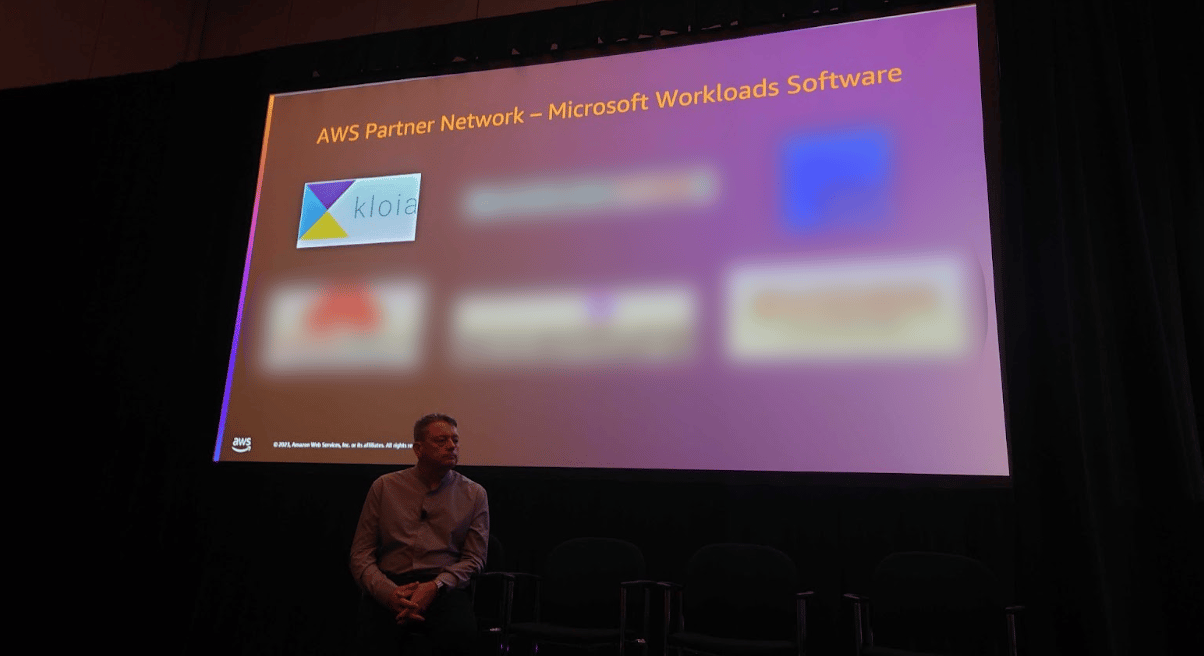
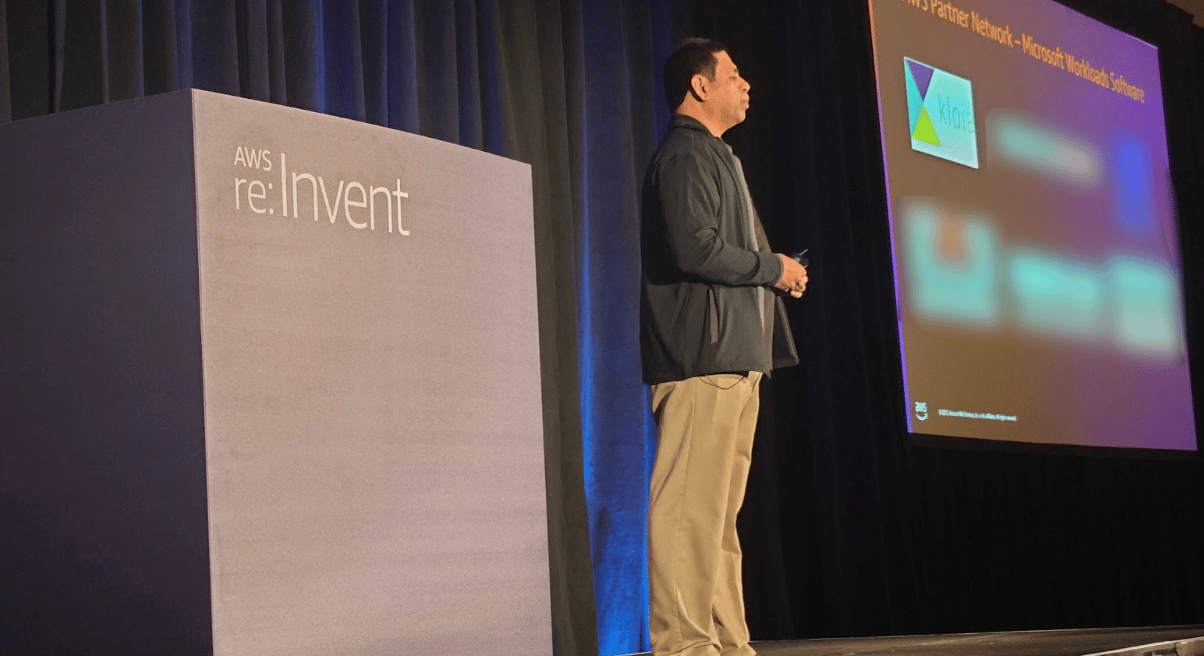
Two Kloia trucks made a presence on the re:Invent campus, drawing considerable attention from attendees. Congratulations to all the lucky prize winners!
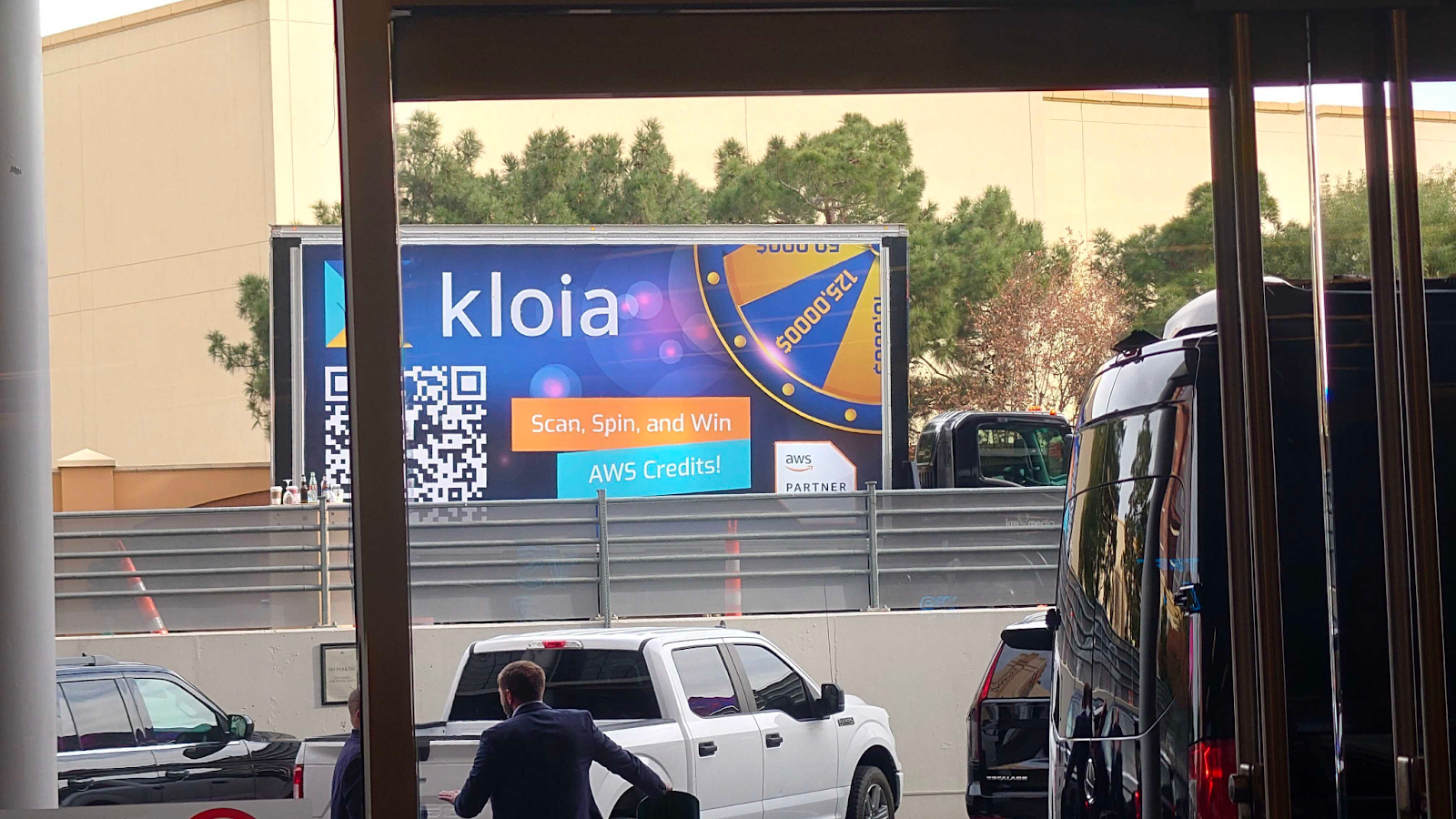
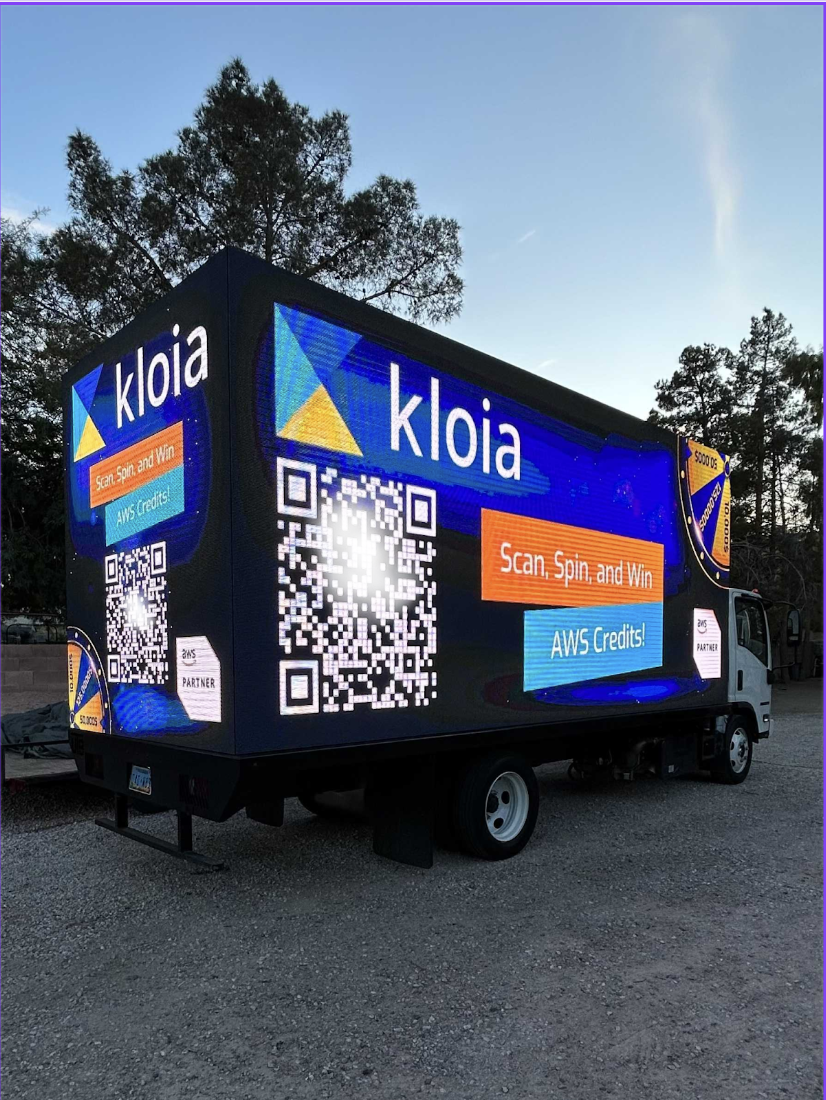
In summary, much like every re:Invent, I had the opportunity to connect with spontaneous and valuable new individuals, establish new contacts, and acquire fresh insights from these connections. That's what I truly appreciate about re:Invents!
Derya (Dorian) Sezen
Derya, a.k.a. Dorian, ex-CTO of an amazon.com subsidiary, is currently working as Cloud and DevOps Consultant at kloia.
